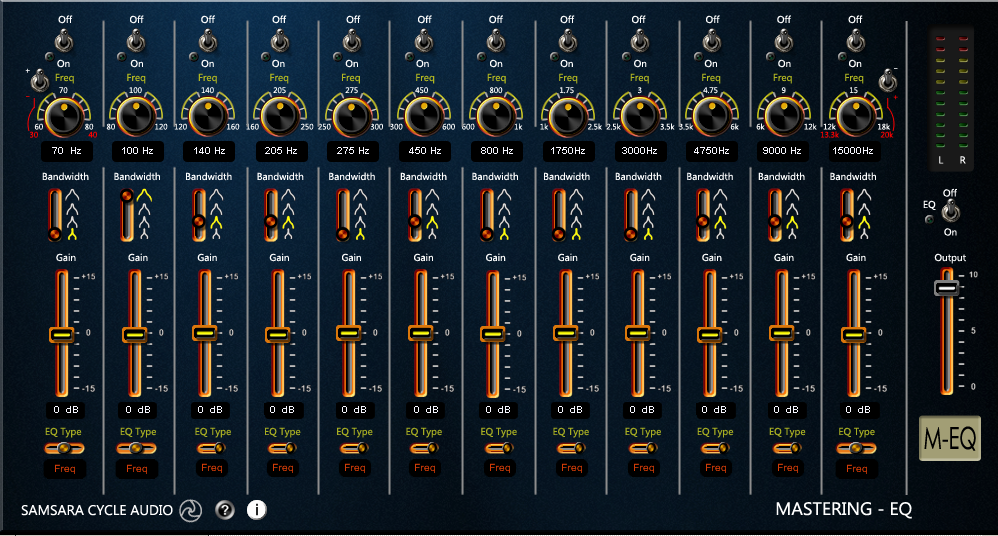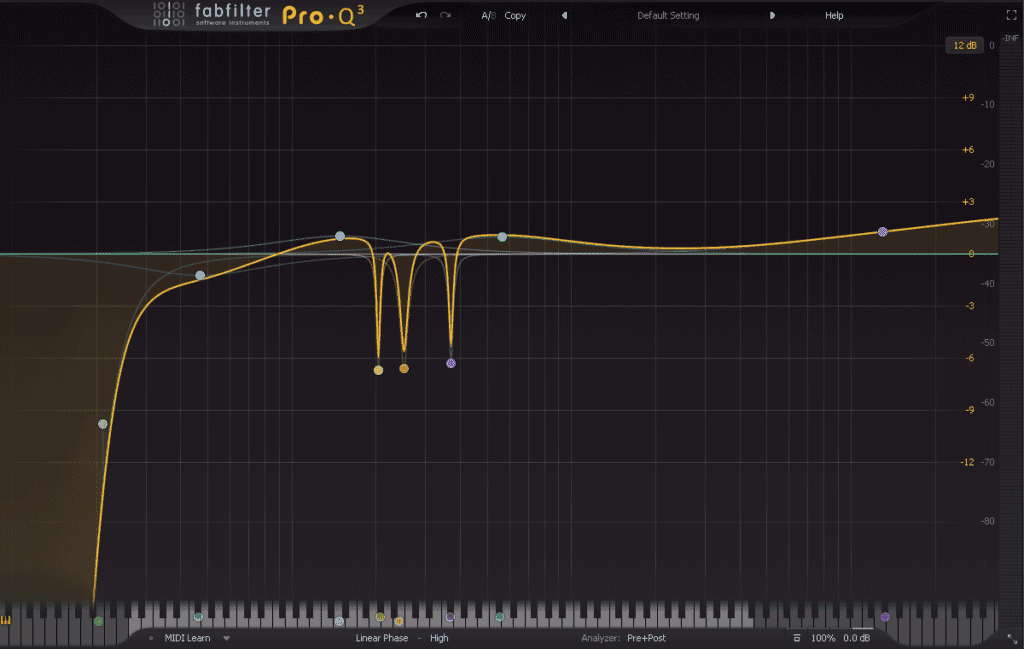

We just need a little understanding of music theory. We can fix this by using the keyboard (or a note-frequency chart) to accentuate the root frequencies and cut out dissonant ones. I often receive mix stems where the kick or snare have some frequencies that just don’t gel with everything else going on. The EQ has a piano roll that displays the corresponding note of whatever frequency you have selected, which we can use to help tune our drum sounds. If you look at the bottom of Pro-Q3, you’ll notice one of the things that makes it so handy. You can also watch my music production tutorial on Pro-Q3, in which I spend the first half covering the interface and GUI. These tricks assume you already have a solid understanding of Pro-Q3’s quirks and features, so if you are new to it, I recommend checking out the manual or some intro tutorials before moving forward. Today we are going to look at a few interesting and unique aspects of this EQ. The series has amassed a cult-like following for its intuitiveness, ease of use, sound quality, and beautiful GUI.

One of the most respected and widely-used options out there is FabFilter’s Pro-Q3, which is the third iteration of the Pro-Q. While your digital audio workstation certainly has a built-in EQ (and it’s probably great), it does pay to have at least one “Swiss-Army” knife EQ in your arsenal.

EQ’s give us the ability to give elements their own space in a mix and alter the frequency spectrum in ways that make our music more sonically appealing to listener’s ears. When we begin learning how to produce music, it becomes clear fairly quickly that equalization is one of the most important tools we have at our disposal for creating great mixes and designing sounds.


 0 kommentar(er)
0 kommentar(er)
